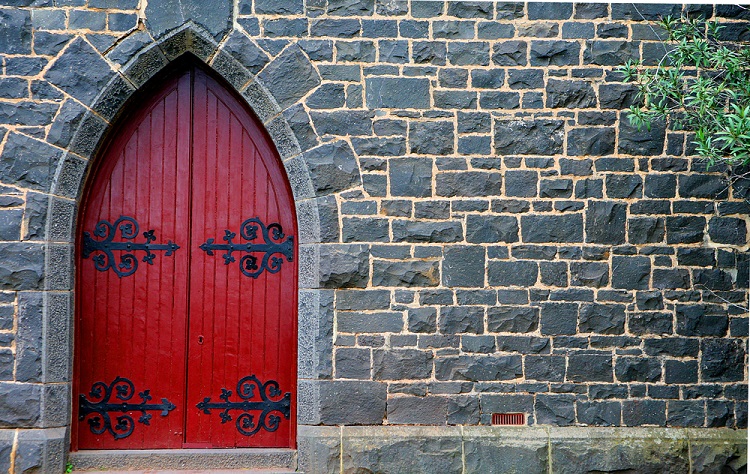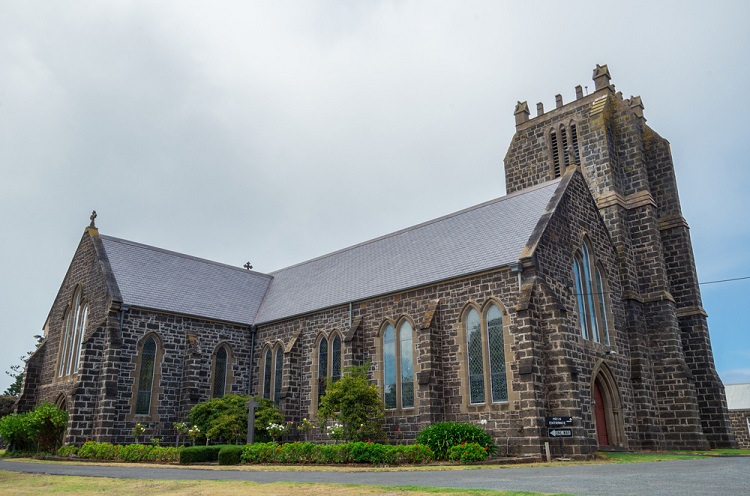Bluestone is considered to be a kind of challenging thing to deal with, as it has a vague meaning which is not very much handy among the people while it is in use. Most people consider it as a name of any specific rock type or a geological term to define or represent particular sort of rock. However, bluestone is a name which alone represents around twenty varieties of rocks, found at different locations and habitats around the globe. These rocks are widely used in construction purposes as each variety of rock has some kind of different feature and property, suitable for different types of construction application.

The use of bluestone in various structures depends on the characteristics of different variants of bluestone. Sturdy and durable nature of bluestone, such as U.S bluestones, can be used in both ways, for indoor installation to outdoor installations. Some bluestone are not friendly with sun exposure, and so it will fade over the passage of time and can appear as light grey from its original color of deep blue. All these bluestones are considered according to their properties and its compatibility with the concerned places of installation. You can also renovate your home in some unique way.
Some of the commonly known properties, associated with different types of bluestones, found at different geographical locations, can be enumerated as:
Australian Bluestone
In Australia, there are some varieties of bluestones which can be easily found. One is called Victorian bluestone which comes under the ambit of basalt. An igneous rock, containing feldspar as its chief ingredient is called basalt. It is grey and black in appearance with grained texture, which is because of speedy cooling of lava. Another form of Australian bluestone is found in South Australia by the name of slate. Slate comes under the category of metamorphic rocks which is less sturdy than Victorian bluestone.
U.K Bluestone
In United Kingdom, the bluestone is found by the name of dolerite. It has a spotted features and falls under the ambit of basalt rock culture.
U.S Bluestone
In United States, bluestone can be found in two categories, sandstone and limestone. Usually it is found as sandstone and it has a deep blue color in appearance. But in various other areas of U.S, it can also be found as limestone, which has less tendency of sun exposure and because of this, its deep blue color gets fed away by the passage of time and becomes light grey.
Chinese Bluestone
A Chinese bluestone is a sedimentary rock, containing aragonite and calcite minerals as its chief ingredients. It is basically a grey limestone, formed out of dissimilar crystals of calcium carbonate.
New Zealand Bluestone
It is very much similar to Victorian bluestone and known as Timaru bluestone. It is also known as grey basalt.
Usage of Bluestone
Bluestone is a sturdy and durable material. Hence, it is mostly preferred to be applied outdoors such as porticos and paving. The well wearing, good absorbing and whether resist features of this bluestone makes it most ideal option to be applied at places concerned with rough uses. The use of bluestone over the paths and pavements are because of its anti-slippery aspects which gives a better grip in normal and rainy days.
Various finishes can also be obtained with each variety of bluestone rocks, when concerned with outdoor wall application. Like with sedimentary stones, a machine finish can be obtained by planer or grinding and saw as well. Uniformed grooves can be obtained under the option of machine tool finish. Shot sawn, rock face and split face are some other finishes which can be carved out with sedimentary rock installation over the walls and floors.
If you are curious to know more then have a look to get specific information about bluestone.

